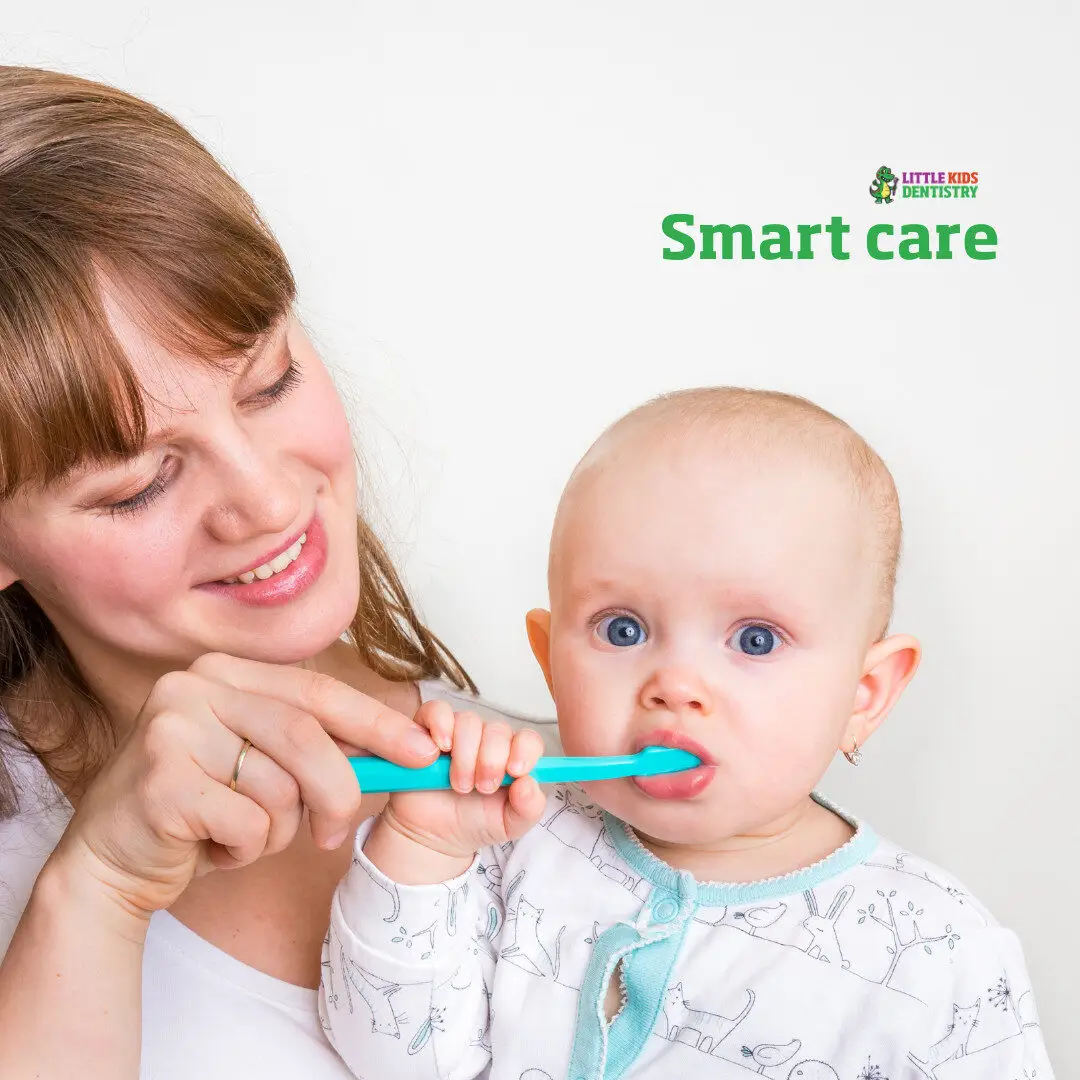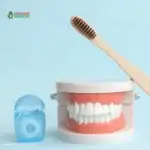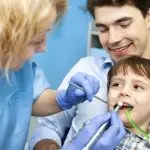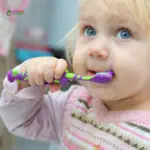In 2025, kids’ dentistry is smarter than ever. Thanks to incredible advances in artificial intelligence (AI), smart devices, and digital health tools, pediatric dental care has entered a whole new era—one where checkups are easier, treatments are faster, and healthy habits are built at home through personalized support.
This shift toward Smart Care means fewer tears, less fear, and more smiles for children, and peace of mind for parents. Here’s how Smart Care is transforming kids’ dental visits and long-term oral health today.
1. What Is “Smart Care” in Dentistry?
“Smart Care” in dentistry refers to the use of connected technologies, artificial intelligence, data analysis, and personalized systems to improve patient experience and outcomes. In kids’ dentistry, this means combining:
- AI-powered diagnostics
- Digital tracking tools
- Mobile apps
- Interactive learning platforms
- Personalized treatment planning
All tailored to a child’s specific needs, age, habits, and dental risks.
2. AI-Powered Diagnostics for Early Detection
One of the biggest breakthroughs in smart kids’ dentistry is the integration of AI to detect oral health issues before they become problems.
Smart Scans and Instant Analysis
Digital X-rays and intraoral cameras are now paired with AI software that scans the images in real time. These tools can identify:
- Early-stage cavities
- Enamel defects
- Gum inflammation
- Misaligned bites or crowding
AI can catch warning signs that are invisible to the human eye—meaning problems can be treated early with less invasive, less costly procedures.
3. Personalized Care Plans Using Data
Every child’s mouth is different, and Smart Care systems in 2025 are built to reflect that. Pediatric dental practices now create custom care plans based on:
- A child’s age, diet, and brushing habits
- Their dental history
- Risk factors like dry mouth, asthma, or orthodontic needs
- Genetics and family history (where available)
Parents receive tailored reports with at-home care tips, reminders for dental checkups, and diet suggestions based on their child’s specific needs.
4. Smart Toothbrushes for Home Monitoring
Brushing habits at home are more important than any trip to the dentist. That’s why smart toothbrushes are now a big part of Smart Care for kids.
Features include:
- Sensors that track brushing time, technique, and pressure
- Bluetooth connectivity to mobile apps
- Fun games and rewards for consistent brushing
- Reports sent to parents (and even the dentist!)
Some toothbrushes even offer AR games where kids can “fight cavities” or “save the tooth kingdom” while brushing properly. These tools make oral hygiene fun and encourage independence.
5. Teledentistry + AI Chatbots for Everyday Questions
In 2025, you don’t need to rush to the dentist for every small concern. Teledentistry and AI chatbots provide quick answers and peace of mind.
Common uses:
- Video consultations for toothaches, loose teeth, or trauma
- Sending photos for review and quick feedback
- 24/7 chatbot access for questions like:“Is this tooth eruption normal?”“Should I be worried about this gum color?”
These services save time, reduce unnecessary clinic visits, and empower parents with information.
6. Remote Progress Tracking for Orthodontics
If your child is in braces or aligners, Smart Care means no more monthly trips unless truly needed. Dental offices now use remote monitoring apps where:
- Kids take regular selfies or intraoral scans
- AI checks tooth movement
- Dentists review progress remotely
This makes orthodontic care faster, cheaper, and more convenient—especially for families in rural areas.
7. Smart Scheduling and Care Reminders
Missed appointments or forgotten brushing routines? Not anymore. Smart dental systems now automate reminders through apps, SMS, or email based on:
- Upcoming cleanings
- Missed brushing reports from smart toothbrushes
- Fluoride treatment intervals
- Orthodontic checkups
Some even link with smart home systems like Alexa or Google Home, reminding kids to brush before bed or tracking oral hygiene streaks like a fitness goal.
8. Augmented Reality (AR) for Learning and Fun
Education is key in pediatric dentistry, but kids don’t learn by reading pamphlets. They learn through play—and in 2025, Augmented Reality is making that fun and effective.
Examples:
- Kids can point a tablet at their mouth and see cartoon germs on their teeth
- Games teach how plaque builds up and how brushing removes it
- Virtual rewards for good habits (like digital badges or avatar upgrades)
These tools build positive associations with oral care and reduce fear of the unknown.
9. Smart Fluoride Application and Sealant Tracking
Smart Care even extends to preventive treatments like fluoride and sealants. Dentists now use apps to:
- Track which teeth have been sealed
- Set renewal reminders
- Document how long fluoride protection lasts for each patient
Parents can view this data through patient portals, ensuring nothing slips through the cracks.
10. Inclusive and Sensory-Sensitive Technology
For kids with autism, anxiety, or sensory sensitivities, Smart Care also means personalized settings to make dental care comfortable.
Options include:
- VR headsets for distraction and relaxation
- Headphones with calming music
- Adjustable lighting and sound levels
- Weighted lap blankets for comfort
- Touch-free scanning and laser tools
Many apps also prepare kids before appointments, using animated walkthroughs of what to expect, reducing fear and resistance.
11. Sustainability Meets Smart Care
Eco-conscious parenting is on the rise—and Smart Care supports that too.
In 2025, many smart products and dental practices are:
- Using biodegradable brush heads
- Offering digital receipts and records
- Reducing paper waste with apps and portals
- Partnering with recycling programs for oral care products
This lets families feel good about both their health and the planet.
12. The Smart Future of Pediatric Dentistry
As Smart Care becomes more common, the future of kids’ dental health is looking incredibly bright. Here’s what’s next on the horizon:
- Genetic screenings to identify risks for cavities or enamel defects early
- AI-guided robotic cleaning tools for hard-to-reach spots
- Voice-activated hygiene assistants built into smart mirrors
- Home saliva test kits to detect harmful bacteria levels
These innovations will give children even more control over their own health, while making life easier for parents and dental providers alike.
Final Thoughts: How Parents Can Embrace Smart Care in 2025
Smart dental care isn’t just for high-tech families—it’s becoming the new standard. To make the most of it:
- Talk to your child’s dentist about which smart tools they offer.
- Invest in a smart toothbrush for your child that connects to a fun app.
- Download a kids’ dental health app that includes brushing games or reminders.
- Take advantage of teledentistry when you have questions or can’t make it to the clinic.
- Track progress together using portals, reports, and visuals that help children understand their own dental health.
The earlier you start, the better the results—and the more confident your child will be in taking care of their own smile.
Smart Care = Happy Kids, Healthy Smiles
In 2025, technology isn’t replacing the personal touch of a kind dentist—it’s enhancing it. With Smart Care, children not only receive top-quality treatment, but also gain tools to take charge of their own dental health in a way that’s fun, modern, and made just for them.
So get ready, because the future of pediatric dentistry is already here—and it’s smarter than ever.










